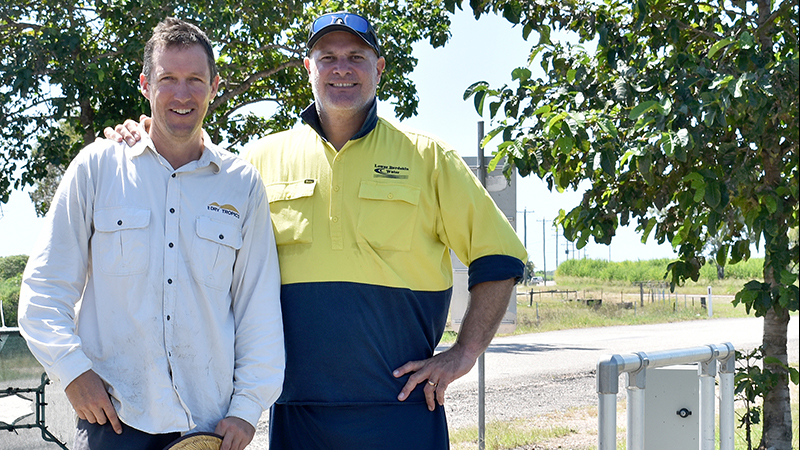This project successfully delivered its key environmental objective of improving the ecological function of coastal wetland ecosystems that flow into the Great Barrier Reef. This was achieved in several ways:
Reinstating seasonal drying to restore natural wetland function
Monitoring has clearly demonstrated that keeping supplementary water out of shallow coastal wetlands can improve its health in a relatively short period (minimum of four months).
Upgrading infrastructure to provide economic and environmental benefits
In partnership with Lower Burdekin Water (LBW), the project delivered five water delivery infrastructure upgrades that not only improved delivery efficiency, but also protected and enhanced the ecological function of 1101ha of shallow coastal wetlands. In addition, LBW independently invested in another nine additional infrastructure upgrades within priority creek systems, such as automated gates and pumping stations.
Protected and enhanced the ecological function of 1101ha of shallow coastal wetlands
Removing weeds to improve water quality and habitat
In partnerships with Burdekin Shire Council and LBW, major weed chokes in priority locations were mechanically removed, opening up 100ha of deep water lagoons. Ongoing management measures are in place to prevent their return.
Opened up 100ha of deep water lagoons
Controlling the threat of feral pigs
In total, 207 feral pigs were controlled via aerial shooting across more than 20,000 hectares.
207 feral pigs were controlled via aerial shooting
Revegetation to improve habitat condition
The project team partnered with eight landholders, two sugar mills, Kalamia school and Lower Burdekin Landcare to improve habitat through revegetation activities across 9.3ha.



